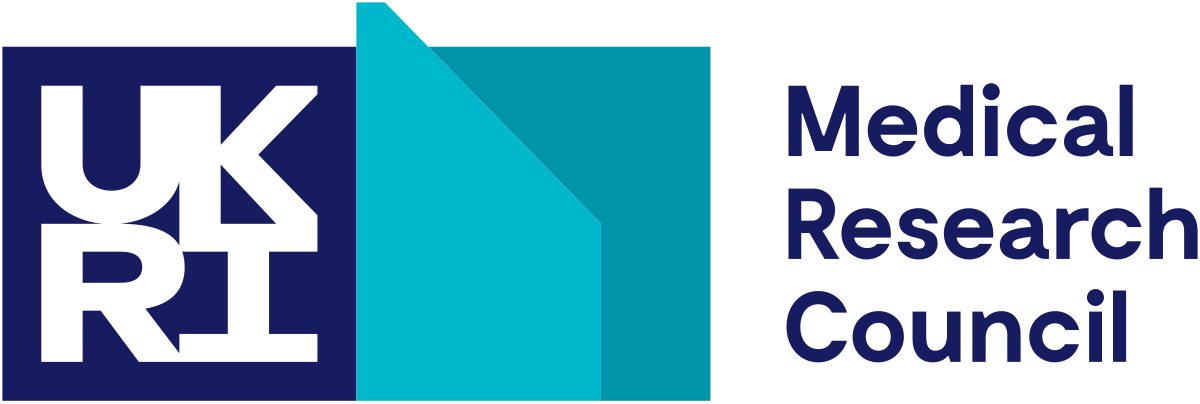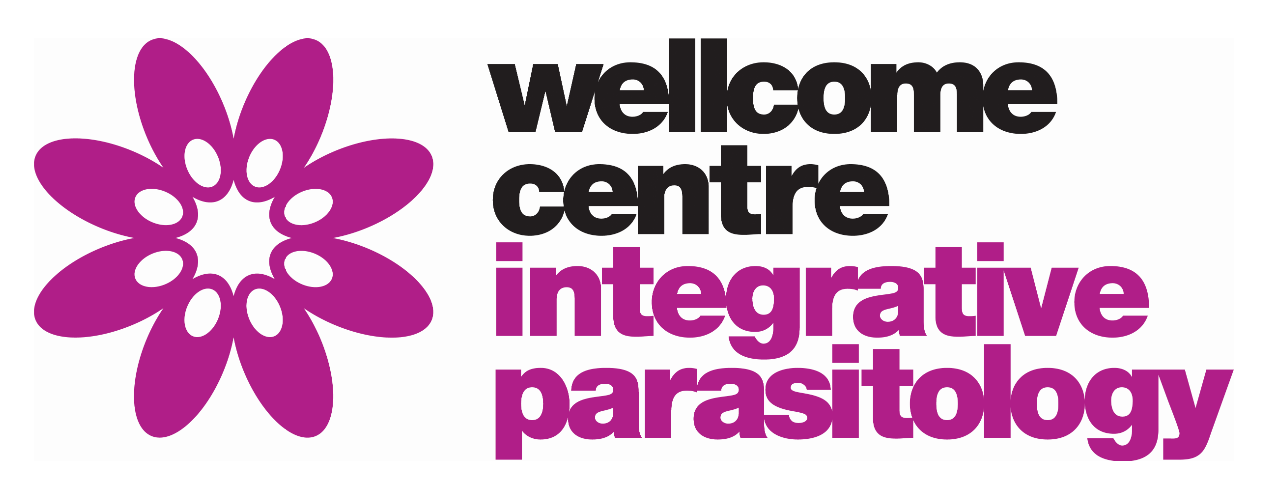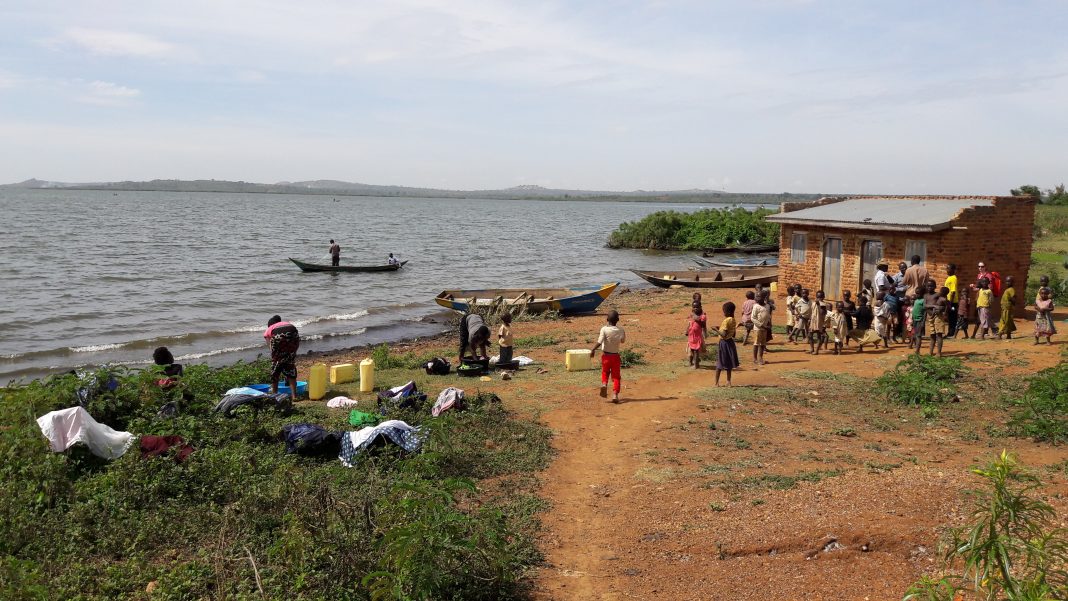Poppy Lamberton, Professor of Global Health at the University of Glasgow, is leading an interdisciplinary team aiming to identify cost-effective, sustainable interventions for schistosomiasis, a devastating neglected tropical disease
What is schistosomiasis and why is it important?
Over 240 million people have schistosomiasis, a neglected tropical disease (NTD), caused by parasitic worms called Schistosoma. Over 90% of infected people live in sub-Saharan Africa. Most have long-term subtle morbidities such as abdominal pain, fatigue and diahorrea. Symptoms often overlap with other diseases found in the same areas, including malaria and intestinal worms. This results in complex, hard-to-monitor illnesses, making it difficult to know when a drug treatment or other intervention is successfully improving population health. The disease also reduces physical and cognitive development, school and work attendance and productivity, exacerbating the poverty cycle. Chronic infections cause severe organ damage, cancer and ~200,000 deaths a year. Despite 1 in 33 people in the world being infected and these devastating effects, control efforts lag behind diseases such as malaria, HIV and TB.
How is schistosomiasis transmitted?
There are five main species which cause schistosomiasis in humans. Poppy and her team focus on Schistosoma mansoni which causes intestinal schistosomiasis. Adult worms pair up around the intestines and sexually reproduce, releasing hundreds of eggs a day, that are excreted in the stool. If eggs reach warm freshwater, they hatch into a larval stage called miracidia, which infect Biomphalaria snails where they reproduce asexually, releasing thousands of larvae called cercariae. When humans contact infectious water, through activities such as bathing, washing clothes and fishing, cercariae burrow directly through the skin before developing into adult worms and continuing the lifecycle. Given people’s dependency on water, transmission is very hard to break, particularly in areas with inadequate sanitation.
Schistosomiasis is a wicked problem, defined as one that is difficult or impossible to solve. Whilst a complex life cycle doesn’t always require complex solutions, finding out which combination of solutions are effective, affordable and sustainable is highly complex.
“Chronic infections cause severe organ damage, cancer and ~200,000 deaths a year. Despite 1 in 33 people in the world being infected and these devastating effects, control efforts lag behind diseases such as malaria, HIV and TB.”
What control interventions are there?
Twenty years ago, the Bill and Melinda Gates Foundation gave $30 million to start a schistosomiasis control program using praziquantel drug treatment. Merck has been donating the drugs, free of charge ever since. The World Health Organization (WHO) has supported national control programmes to deliver these drugs to affected communities through mass drug administration (MDA) in an effort to reduce individual-level infection intensities and associated morbidity, but also to reduce community-level transmission and reinfection rates.
The initial hypothesis was that when people had worms killed inside them by the drug, they would build an immune response against them, and would therefore have lower repeat infections. However, this has not been seen. Prof. Lamberton’s group and others have shown that people are rapidly reinfected post-treatment, and transmission remains rife. Furthermore, praziquantel only kills adult worms, leaving many juvenile worms even after a ‘successful’ treatment. Prof. Lamberton and colleagues have also observed that drug efficacy is often not as high as expected and many people are not successfully treated. Therefore, despite 20 years of MDA, infections remain high in many areas and additional interventions are needed. These interventions need to be ‘community-driven and context-specific’. Prof. Lamberton and her team are using interdisciplinary research to directly address this, in an effort to help countries achieve the ambitious WHO 2030 goals.
What are the WHO 2030 goals for schistosomiasis?
The WHO published a new road map for NTDs in 2020, stating the target of “elimination of schistosomiasis as a public health problem by 2030.” The WHO state that this will be reached when fewer than 1% of people have a heavy infection. But what truly is a public health problem and how this varies across infected individuals, communities and countries is unknown.
The WHO has also recently published a definition of persistent hotspots described as “Communities with prevalence of Schistosoma spp. infection ≥ 10% that demonstrate lack of an appropriate response to two annual rounds of preventive chemotherapy, despite adequate treatment coverage (≥75%).” These hotspots require MDA and additional interventions to control the disease and reduce transmission.
Intrinsic links to the poverty cycle and the need for WASH-based interventions
Schistosomiasis affects some of the world’s poorest people, communities, and countries. Its complex lifecycle is intrinsically linked with poverty via inadequate sanitation and safe water access. Its symptoms, directly and indirectly, exacerbate the poverty cycle, hindering endemic communities socioeconomically. As governments in hotspot areas cannot afford universal sanitation and/or safe water, interventions need to be cost-effective and sustainable. It is also vital that they are acceptable to the local communities and co-developed with them. When looking at improving WASH (Water, Sanitation and Hygiene) to control schistosomiasis, scientists and researchers do not know which part will be most effective and cost-effective nor the most popular.
Poppy and her team are working on identifying long-term sustainable WASH interventions as well as improved diagnostics to monitor the impact of them. Here we discuss her latest interdisciplinary results and the ongoing research she and her team and collaborators in Cameroon, France, the Netherlands, Uganda and the UK are undertaking to help countries achieve the ambitious WHO 2030 goals.
Interdisciplinary research by Prof. Lamberton and her team
What interventions do communities want?
With the Ministry of Health in Uganda and the Ugandan Virus Research Institute, Poppy and her team have been using a social science method called ethnography. Working closely with communities for several months, the team aimed to understand community perceptions of schistosomiasis infection and disease, what WASH interventions they would like to see put in place, and the barriers and facilitators for these. Communities highlighted a range of interventions which can be broadly split into two groups: 1) Interventions to protect themselves, which we term risk-to-self, with new taps, floating piers to collect water at the lake shore, and improved health education being key suggestions; and 2) Interventions to protect the community, termed risk-to-others, with new and cleaner latrines, health education and fines for open defecation being proposed.
Poppy’s team then used their detailed qualitative findings to design economic surveys called discrete choice experiments, to get a quantitative measure of how much people are willing to pay or willing to work for these different interventions.
The economics study showed that people are willing to pay or work for any form of change as no one wanted the status quo. The team found that people were willing to pay and work for reducing risk-to-self. However, they were only willing to work to reduce risk-to-other. In the individual based economic surveys people preferred things that benefitted themselves and/or families, such as safer water and latrines close to home. However, when Poppy’s team held stakeholder meetings, members were more likely to suggest interventions to benefit whole communities, such as latrines by the lake shore or markets.
Which of these interventions might be successful?
Working out the effectiveness of different WASH-based intentions will be key in the battle against schistosomiasis. The force-of-infection in communities can never really be measured. Therefore, in a new project, Poppy’s team and collaborators will use statistical models, called state-space models, to estimate the effect of each type of WASH-based intervention on the environmental force-of-infection of S. mansoni. Her team will then use mathematical models, in particular one called SCHISTOX, to predict which combinations of interventions could break transmission.
Poppy’s team will also be collecting data on the financial costs of implementing and maintaining different interventions. These can be used to quantify cost-effectiveness to help inform policy makers on the best-buys. These best-buys will depend heavily on the time horizon for any impact, such that MDA is cheap but its effect is only short lived. Whilst the upfront costs of improved WASH infrastructure are higher, but their overall benefits may be greater over a longer timeframe.
Policymakers need to make financial decisions across different infectious and non-communicable diseases. Therefore, it is also important to collect data on generic measures of disease burden that transcend different diseases, such as disability-adjusted life years (DALYs) and quality-adjusted life years (QUALYs).
All these data will be used to identify the most cost-effective combinations of WASH-based interventions that are predicted to break the schistosomiasis lifecycle. Result will be discussed with communities and district and national policymakers before co-identifying the best-buys for a novel dynamic intervention trial.
Instead of having a standard fixed intervention trial where arms are randomly assigned, communities will apply to take part, maximising engagement from the beginning. Poppy’s team will collect regular data on intervention use and impact, to monitor the trial in real-time. This will show if communities are not using interventions as predicted and enable the research team to work with the community to try and improve interventions. This dynamic trial will enable Poppy’s team to see if schistosomiasis transmission can be cost-effectively reduced, whilst also building a novel framework for such trials for other WASH-associated diseases. This will require highly interdisciplinary research to reduce the reliance on MDA, which is only a temporary solution unless it continues, donor-funded, forever.
How can we monitor these trials?
The success of a trial will depend on it reducing re/infections and morbidities and improving health related quality of life (HRQoL). But how do you know if you are improving something if you cannot accurately measure it?
S. mansoni is commonly diagnosed using Kato-Katz which detect eggs in the stool using microscopes. This is 100% specific (if you see an egg someone is definitely infected), but with very low sensitivity (if you don’t see an egg they may still be infected), especially post treatment and in low intensity regions, such as those moving towards elimination. A point-of-care circulating cathodic antigen test (POC-CCA) works like a Covid-19 lateral flow test and detects proteins produced by adult worms. This test is more sensitive but can have false positives.
A PhD student in Poppy’s group is working with NG Biotech and researchers in Leiden to develop a new lateral flow test, for circulating anodic antigens (POC-CAAs), aiming for higher sensitivity and specificity, improving our ability to monitor the intervention trial. Poppy’s team are also trying to improve measurements of morbidity caused by the infection and the effect it has on HRQoL to help inform on the ‘true’ public-health problem of this disease. Her team also looks at the parasites’ DNA to help interpret different diagnostic results and understand who is driving reinfection.
Highly interdisciplinary research
Poppy’s team aim to provide an evidence base for national and international policymakers to make informed decisions on the most cost-effective way to reduce schistosomiasis transmission and improve WASH infrastructure, access and use.
Using ethnography, economics, statistical and mathematical modelling, parasite genetics, and diagnostic development, Poppy, her team and her collaborators are making strides to help guide national policy in endemic countries so that they might advance towards the WHO 2030 goals for schistosomiasis.
For publications relating to the team’s findings presented here please see here, and for more details on each of the past and future research projects please see here.






This work is licensed under Creative Commons Attribution-NonCommercial-NoDerivatives 4.0 International.


